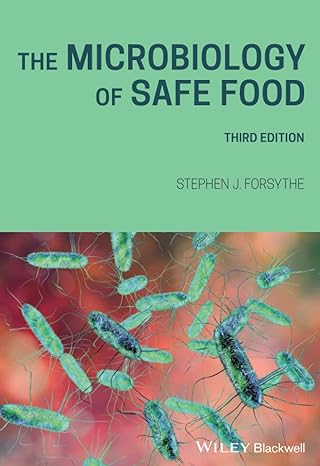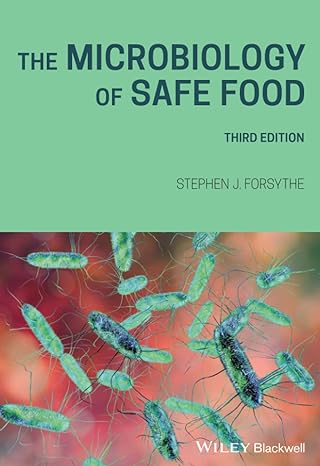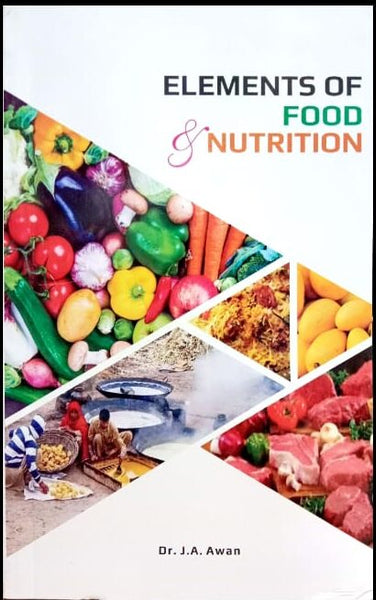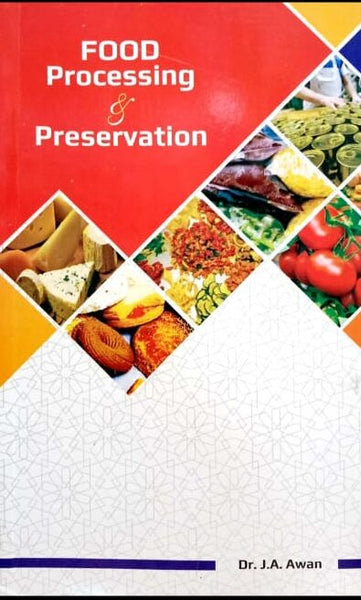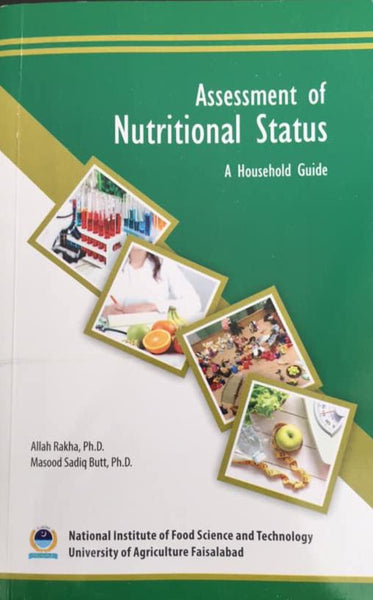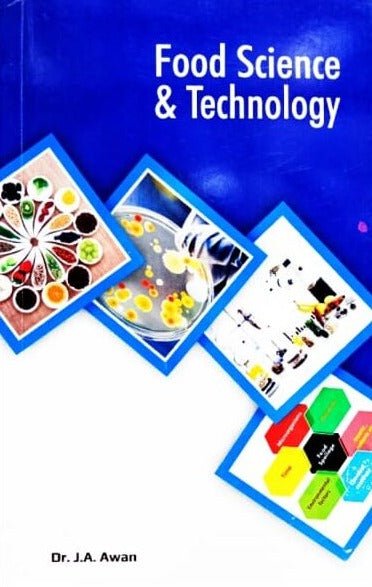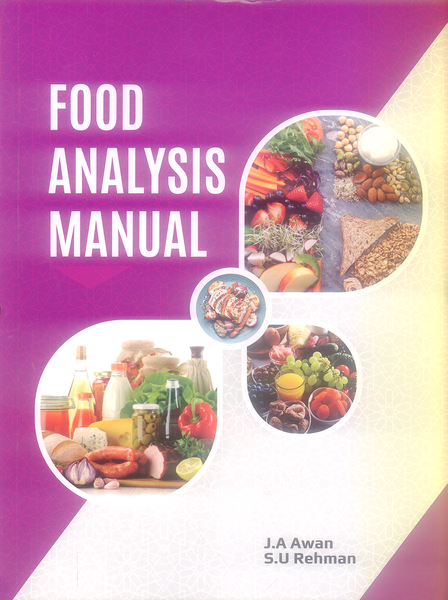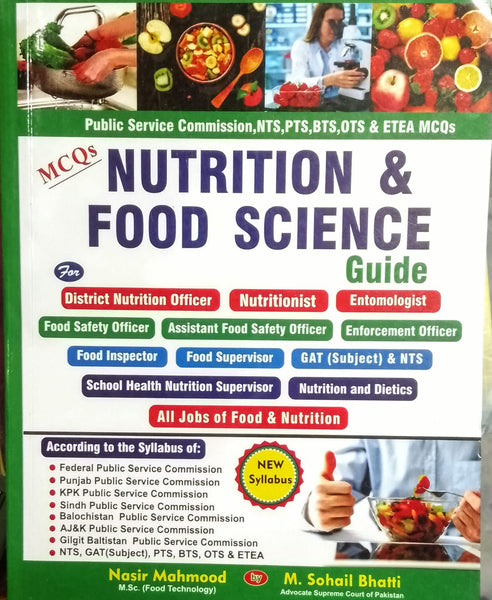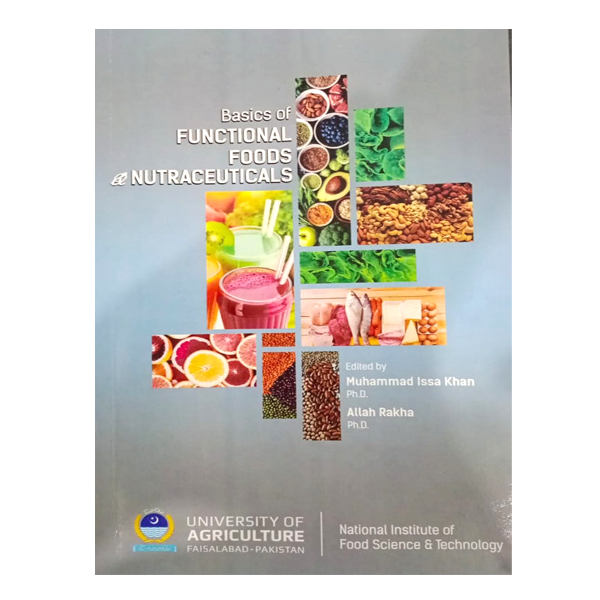The Microbiology of Safe Food 3rd Edition by Stephen J Forsythe (Author)
- Publisher: FOOD SCIENCE & TECHNOLOGY
- Availability: In Stock
- SKU: 49370
- Number of Pages: 600
Rs.1,230.00
Rs.1,595.00
Tags: Agricultural Sciences , AGRICULTURE , Agriculture books , Agriculture books online , Agriculture Industry , best books , best books online , best online store , Best Price , Best Selling Books , best shop , Biology , BIOLOGY BOOKS , biology books online , book good , buy online books , Environmental Health , Environmental Science , Food Safety , FOOD SCIENCE , good book , good books , good books online , good choice , good quality , good read , Largest Online Bookstore in Pakistan , latest books online , MICROBIOLOGY , Nutrition , one stop shop , online , online books store , Online Bookshop , online bookstore , onlinebooks , Public Health , really good , Research Methods , Safe Food , Scientific , Stephen J Forsythe , The Microbiology of Safe Food , The Microbiology of Safe Food 3rd Edition , The Microbiology of Safe Food Stephen J Forsythe , Veterinary Science
The Microbiology of Safe Food 3rd Edition by Stephen J. Forsythe provides a detailed examination of the microbiological principles essential for ensuring food safety. This edition explores the relationship between microorganisms and food safety, emphasizing the importance of understanding microbial hazards in the food industry. It covers a wide range of topics, including foodborne pathogens, spoilage organisms, and the various methods used to control microbial risks in food production. The book integrates scientific principles with practical applications, offering insights into the latest research, safety regulations, and technologies used in food microbiology. Designed for students, researchers, and industry professionals, this comprehensive resource equips readers with the knowledge needed to address the challenges of food safety in a global context.
Keypoints
-
Focus on Microbial Hazards
The book provides an in-depth analysis of microbial hazards in food, detailing the types of pathogens and spoilage organisms that pose risks. -
Foodborne Pathogens
Comprehensive coverage of key foodborne pathogens, including their sources, transmission routes, and prevention strategies. -
Microbial Growth Dynamics
It explains the factors influencing microbial growth in food, including temperature, pH, and moisture content, critical for food safety management. -
Control Measures
The text discusses various control measures, such as cooking, refrigeration, and chemical preservatives, that help mitigate microbial risks. -
Food Safety Regulations
Updates on the latest food safety regulations and standards are provided, ensuring compliance with industry practices and government guidelines. -
Detection and Monitoring Techniques
The book outlines methods for detecting and monitoring microbial contamination in food, including traditional and molecular techniques. -
Application of Risk Analysis
It emphasizes the importance of risk analysis in food safety management, providing frameworks for assessing and managing microbial risks. -
Impact of Emerging Technologies
Discussion of emerging technologies and their role in enhancing food safety, such as rapid testing methods and biotechnological innovations. -
Global Food Safety Challenges
The book addresses global challenges in food safety, including the implications of globalization and changing consumer preferences. -
Practical Case Studies
Real-world case studies illustrate the application of microbiological principles in food safety, helping to connect theory with practice.
Conclusion
The Microbiology of Safe Food is an essential resource for anyone involved in food safety and microbiology. The third edition offers a thorough understanding of microbial hazards and the science behind food safety practices. With its emphasis on practical applications, regulatory updates, and emerging technologies, this book is invaluable for students, educators, and professionals seeking to enhance food safety in an increasingly complex food industry.
════ ⋆★⋆ ═══
Writer ✤ Stephen J. Forsythe (Author)

